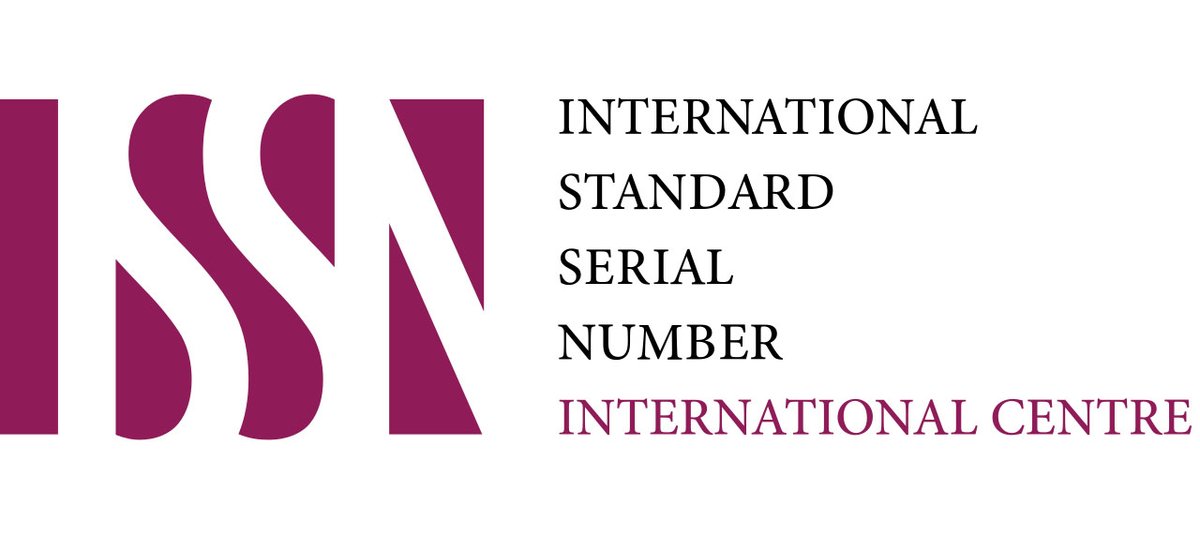USE OF NON-INVASIVE RESPIRATORY SUPPORT IN PREMATURE INFANTS: CURRENT PRACTICES, CHALLENGES, AND FUTURE DIRECTIONS
Keywords:
Respiratory distress syndrome (RDS), bronchopulmonary dysplasia (BPD), very low birth weight (VLBW), non-invasive respiratory support (NIRS), CPAP, HFNC, NIPPV, BiPAP, LISA, neonatal outcomes, neonatal intensive care, artificial intelligence in NICU, neonatal neurodevelopment, global neonatal health.Abstract
Premature birth often results in significant respiratory challenges due to structural lung immaturity and surfactant deficiency, making respiratory support critical in neonatal intensive care. Traditionally, invasive mechanical ventilation was used, but its association with ventilator-induced lung injury (VILI), bronchopulmonary dysplasia (BPD), and long-term neurodevelopmental impairment led to a shift toward non-invasive respiratory support (NIRS). Techniques such as continuous positive airway pressure (CPAP), high-flow nasal cannula (HFNC), nasal intermittent positive pressure ventilation (NIPPV), and bi-level positive airway pressure (BiPAP) now play essential roles in neonatal respiratory care. This article provides an in-depth review of the physiological rationale, modalities, clinical evidence, emerging technologies, implementation challenges, and the future of non-invasive support in the care of premature neonates. Emphasis is placed on current global practices, innovations like less invasive surfactant administration (LISA), and the integration of artificial intelligence and personalized care in neonatal intensive care units (NICUs).
Downloads
Published
How to Cite
Issue
Section
License

This work is licensed under a Creative Commons Attribution-NonCommercial-NoDerivatives 4.0 International License.















